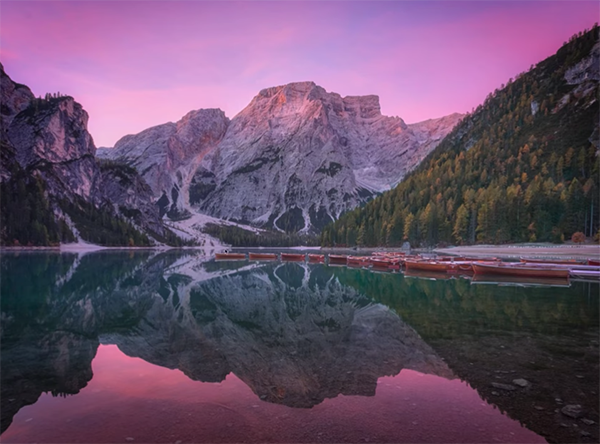Debunking the “F/11 MYTH” for Landscape and Nature Photography (VIDEO)
If landscape photography is a primary areas of interest, you’re likely familiar with the conventional “wisdom” that f/11 is the optimum aperture to use when shooting this genre of imagery. But many accomplished pros consider this “rule” nothing more than a useless myth, and the tutorial below explains why.
Instructor Mark Denney is a very successful outdoor photographer with a unique combination of skills. That’s because he’s equally adept behind the computer as he is with a camera in his hands. In this enlightening episode he shares three reasons why the f/11 approach is a rule “you should avoid at all costs.”
Denney backs up this opinion by revealing what he’s found to be a much better solution when it comes to determining the best camera settings to use in various situations. According to the so-called rule, f/11 is generally the best aperture for achieving front-to-back sharpness throughout the entire frame—no matter the camera and lens you use, and the specifics of the scene at hand.

Denney says the main reason to be more circumspect about selecting an f/stop is this: “There are three key variables to consider that all debunk this f/11 myth.” At the top of his list is the fact that sensor size and focal length “matter a lot.” Think of it this way: an aperture of f/11 on a micro-four-thirds camera is different from the same setting on an APS-C sensor. Likewise, f/11 on an APS-C camera provides different results than that aperture when shooting full-frame.
The video includes several great examples of why and how this works. As you’ll see, Denney’s stunning images were shot using cameras with sensors of different sizes, and none of them were shot at f/11. Bottom line: The size of the sensor will completely change the effect of various aperture values.
Other important considerations include the performance of the specific lens in use, and Denney explains how to find the “sweet spot” of every lens you own. He also explains how the elements in a scene factor into the equation when choosing the best f/stop for the task at hand.

With these explanations out of the way, Denney spends the last four minutes of the episode explaining his “better solution” for shooting the best possible landscape photos. Once you’re done watching head over to his popular YouTube channel where you’ll find a wealth of information for improving your landscape photography skills.
On a related note, we also suggest checking out the recent tutorial we posted from another accomplished landscape shooter, explaining the proper way to use HDR editing for realistic-looking outdoor photos with maximum impact.




